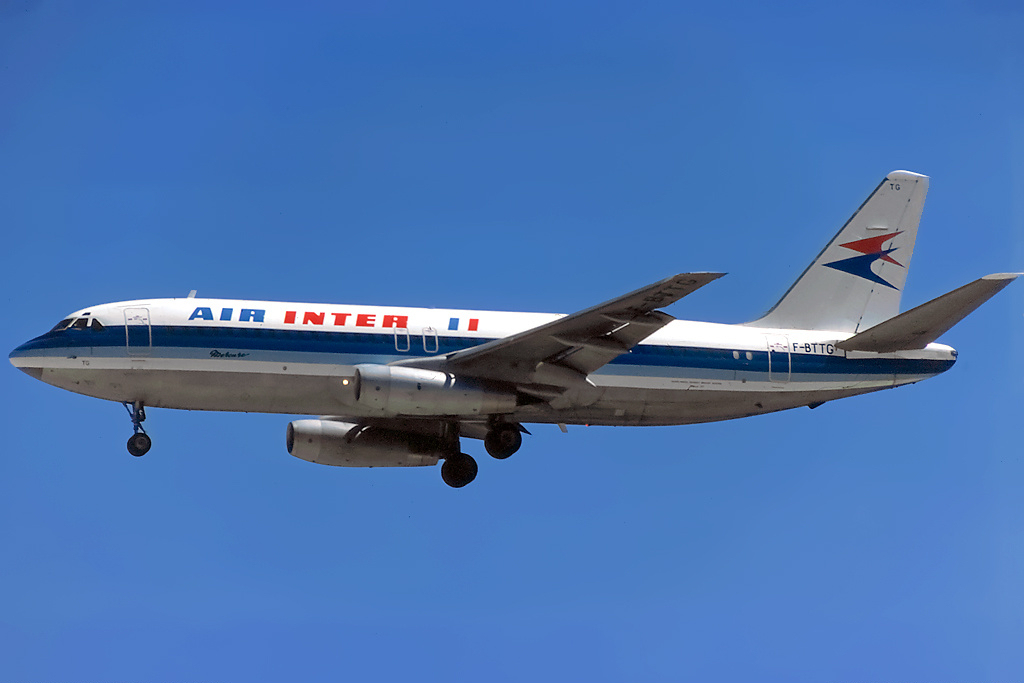Dassault Mercure: France’s Short-Lived 737 Rival

The Dassault Mercure, France’s ambitious response to the Boeing 737, had high hopes but ultimately failed to secure its place in commercial aviation history. Developed by Générale Aéronautique Marcel Dassault (now Dassault Aviation) in the early 1970s, the Mercure was a short-haul narrowbody twinjet designed to rival the 737. Despite its potential, only 12 units were built, making it one of the industry’s most notable commercial failures.
In the late 1960s, Boeing’s 737 was gaining popularity, fulfilling airlines’ need for efficient, short-haul aircraft. Dassault, which primarily focused on military aircraft and business jets, saw an opportunity to enter the commercial aviation market with a competitor to the 737. Backed by a European consortium and support from the French government, Dassault sought to develop a reliable, faster short-haul airliner for European and global airlines.
The Mercure was designed with a 162-passenger capacity, higher than the 737’s at that time. Powered by two Pratt & Whitney JT8D engines, the Mercure offered a cruising speed of 575 mph and a maximum range of 1,295 miles, making it ideal for short-haul flights. Its maiden flight took place on May 28, 1971, from Bordeaux-Merignac Airport, with hopes of securing widespread commercial success.
By 1972, Dassault had garnered initial orders from French airline Air Inter (later merged into Air France), which saw the Mercure as suitable for its domestic routes. The Mercure officially entered service on June 4, 1974, on a flight between Paris-Orly and Toulouse. However, apart from Air Inter, no other airlines showed strong interest in the model. Dassault faced a highly competitive market dominated by established models like the Boeing 737 and the Douglas DC-9, which were already preferred by global airlines.
The global economic landscape further complicated sales. During the 1973 oil crisis, fuel prices soared, which dampened airlines’ budgets for new acquisitions. The Mercure, with limited range and aging engine technology, couldn’t adapt to the evolving market that demanded fuel efficiency and versatility for short and medium-haul routes. Though Dassault proposed an upgraded model, the Mercure 200, with advanced engines, it failed to attract enough interest to justify production costs.
In December 1975, just over a year after the Mercure’s commercial debut, Dassault decided to halt production. The program’s limited sales left it well below the projected break-even point of 150 units. Air Inter continued to operate its Mercure fleet until 1995, supported by French government subsidies, achieving an impressive dispatch reliability rate of 98% over its service life.
Today, six Mercure units are preserved in museums and training facilities across France and Germany. While the Mercure didn’t achieve commercial success, it paved the way for European collaboration in aviation manufacturing, ultimately influencing the formation of Airbus. Despite its brief career, the Mercure is remembered as a key stepping stone in Europe’s journey toward establishing a global presence in aviation.
Related News: https://suspicious-zhukovsky.67-21-117-18.plesk.page/?s=Dassault
